How To Keep Your Diary
A Soldier’s Diary
One of the most famous battles in WWI is the Battle of the Somme which took place between July and November 1916. In one of the many trenches, a young British army officer kept a diary. He wrote in a selection of pocket-sized notebooks and included sketches and notes for poems among his entries. The Cambridge University Library is the custodian of the manuscripts of this diarist who we know better as the poet Siegfried Sassoon.
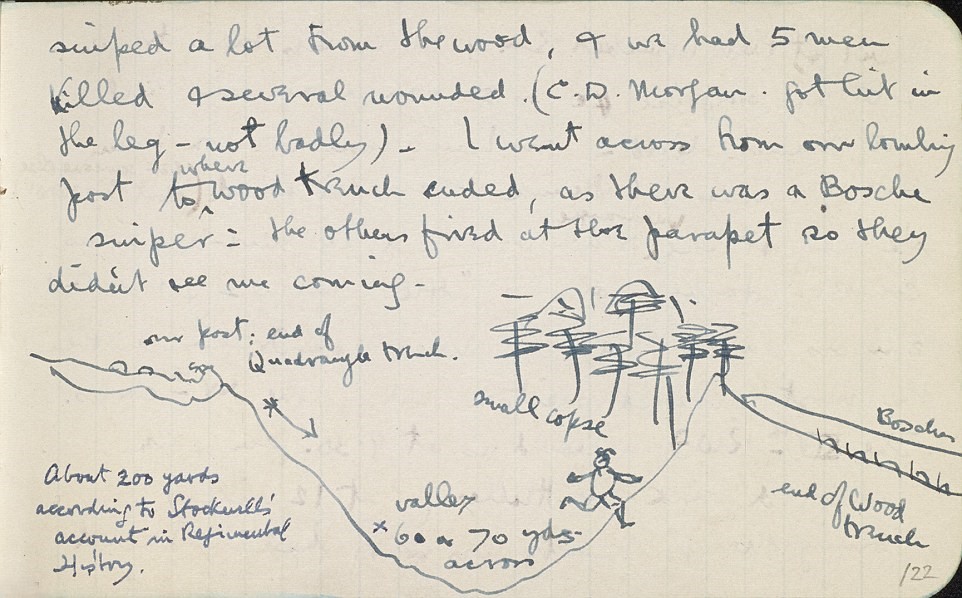
The Library has recently digitised the manuscripts, and we are able to look as closely as if we were handling them ourselves. We are able to see details which include the mud of the Somme embedded into the binding of the contemporary diary. One of the diaries has candle wax spilt on the page, and you can imagine Sassoon keeping his diary by candlelight huddled in a trench.
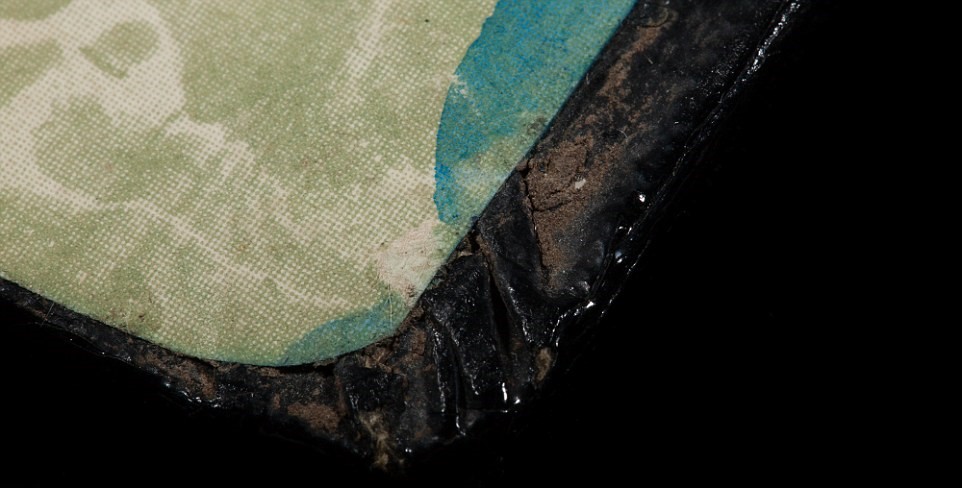
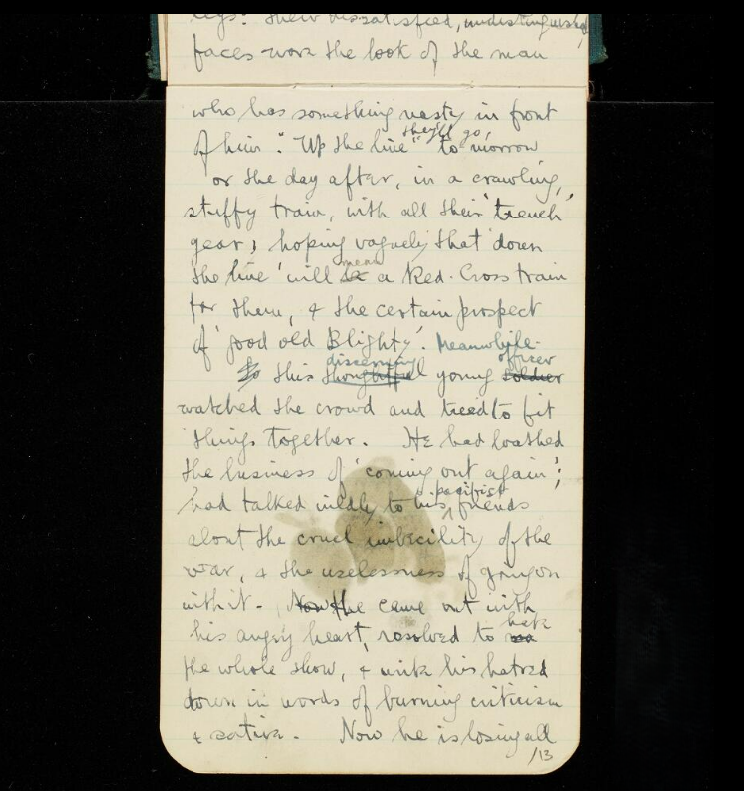
These small details provide a fascinating insight into how a soldier on the frontline kept a diary in the most trying of conditions.
Make It A Habit
How we maintain our diary-keeping momentum has a lot to do with the belief in its importance, and the development of a habit. We need to work out the best time and method for us and then we are likely to keep up with our new diary-keeping resolve.
Like every new endeavour we’ll find our own personal ideal method through a process of experimentation. There will be a different time to suit everyone. Start small and the most convenient time and frequency – whether it is once a week or every evening before bed. If we make it manageable and part of our routine, then we are more likely to continue it. Be kind, just write a few lines at a time.
There’s No Wrong Way
Another aspect of diary-keeping that we need to consider is our belief in our own ability. Sometimes we feel that we are unable to express ourselves eloquently enough through the written word. It is reassuring to know that writing, like all skills, gets easier the more you do it. And there is no wrong way with diaries. Sassoon’s diaries contain crossed out paragraphs and noted ideas for later poems.
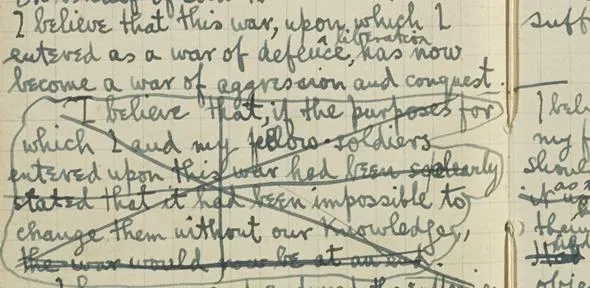
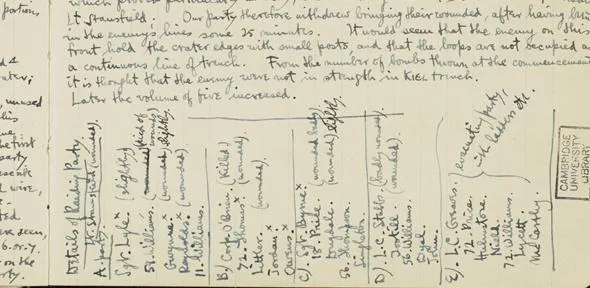
He wrote lists and reminders. He wrote crossways on the page. The more variety contained in his diary, the more insightful the manuscripts are as historical documents and biographical material.
It All Counts
The how of diary-keeping is answered in the realisation that it all counts and that everyone is unique. Everything we record, whether through prose, poems or pictures, adds to the historical record. We all have to find our voice and our method. This will help to unlock the inner diarist and enrich our lives and culture along the way
.
Notes:
If you would like to see more of Siegfried Sassoon’s diaries, you can find the digitised copy at: https://cudl.lib.cam.ac.uk/collections/sassoon/1
